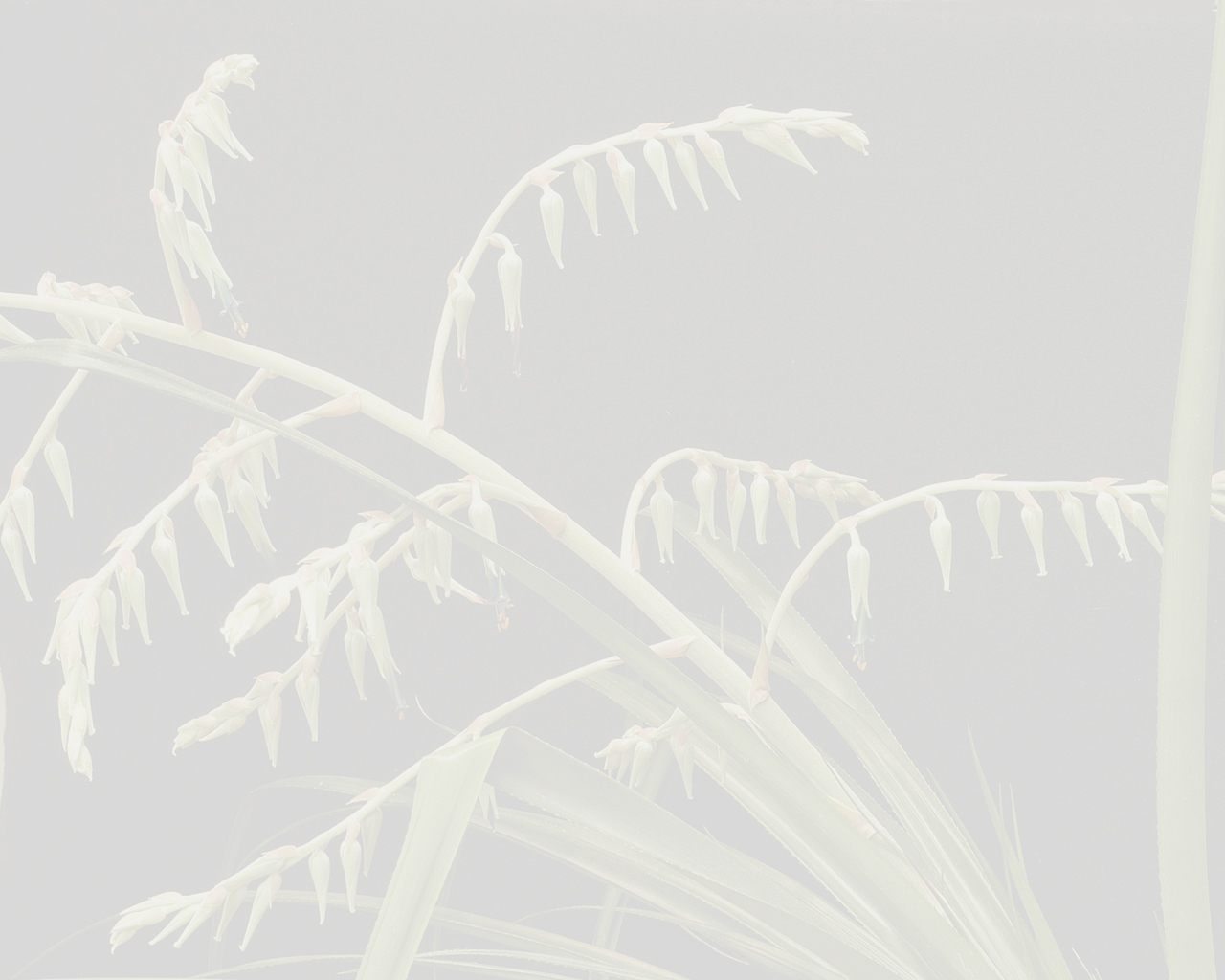
Puya butcheriana H.Luther
Taxonomic Change:
Literature references:
Comments:
- Eureka!...roughly translates as "It has just been found!", but let us start at the beginning.
In the late 1970's I was getting cactus seed from Karel Knize of Lima, Peru and also obtained seeds of various named species of Puya. One was labeled as "P. filifera," a name that I could not trace in any botanical literature to which I had access. Most of these puyas grew and were continually repotted until they became so large that I donated them to the Adelaide Botanical Garden. The one exception was this "P. filifera" which stayed relatively small, and various plants were circulated amongst the keen Adelaide growers of prickly things. I kept one plant for my front garden.
It was not until 1991 when Len Colgan and I were discussing the merits of this plant that we decided to send bits to Harry Luther for naming. I borrowed an inflorescence and one leaf from Len and sent them in a package to Selby Gardens. Harry wrote back that he could not find a name but that he would refer the matter to Dr. Lyman Smith. All went quiet until 1995 when I found out from Renate Ehlers that her friend Lotte Hromradnik was the German expert on Puya.
I sent her a photograph and other information because after all, I could not part with an inflorescence from my own plant! She felt the plant might be P. humilis which was very common in Bolivia and this had me rushing to my bible - Smith and Downs. However, here it said petals were green and drying to blue or violet. Mine had live petals that were black My plant also differed from the description in other ways, so I did not change the label. Perhaps I should add here that Harry Luther says there is only one bromeliad with black petals and that is a Pitcairnia.
Just before Christmas, 1995, a parcel arrived from Selby Gardens with SELBYANA volume 16, number 2 inside with a usual laconic note from Harry Luther saying something like, "Thought you'd be interested." In skimming through the pages I was somewhat aghast to see that I had been Latinized!...the first Aussie to have had this done to him for the family Bromeliaceae.
This information had me immediately contacting Trevor Christensen, the curator of the bromeliad collection at the Adelaide Botanic Gardens, so that he could correct their label. Alas, we could find no reference to "P. filifera" but on further discussion he did have an unknown Puya with black flowers which sounded like the one I was talking about. So my wife and two grandsons piled into the car to pay a visit to the Botanic Gardens. Yes, the plants were there and the dried inflorescences were very suggestive of MY plant. These plants had been grown from seed collected by Myron Kimnach in 1984 (#2784) at 3300 m elevation at KM 79 on the Cochabamba - Epizana road in Bolivia. If these plants can be linked to my plant then at least we would have habitat details. Seeds from the same collection (Kimnach #2784) were grown by the International Succulent Institute (I.S.I.) and seedlings offered for sale in 1988 and 1989 under the Identification number of ISI#867 . Note. I have since seen the Adelaide Bot Gardens plant in flower and it is exactly the same as mine.
I have found that although this Puya does form clumps, its offsets are very difficult to root, meaning propagation would be mainly from seed. It is a small plant which grows well in a 20 cm pot. If you don't mind a few prickles, it is a welcome addition to any bromeliad, or dare I say it, succulent collection. The clone of the type specimen is alive and well in Adelaide, albeit in the collection of Len Colgan.
Needless to say, it was quite an honor to be Latinized, but now I have to worry about getting lost in synonymy. If that does occur, I'll accept it with the greatest humility, but I'll be forever stating that the petals on "mine" are black and not green, and the plant in my front yard will still continue to bear the name Puya butcheriana proudly printed on the label. —See Butcher 1996b p. 46(3): 103-106

